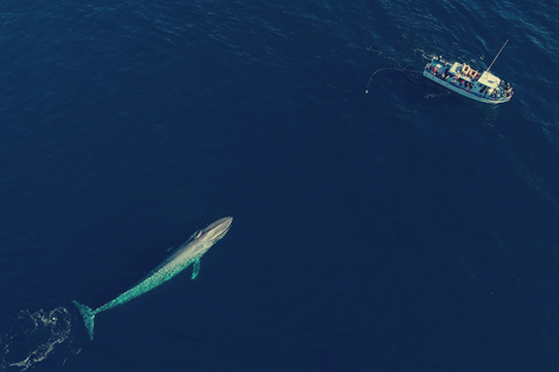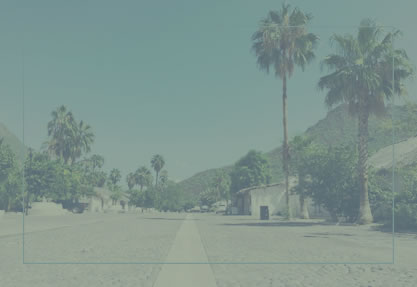BLUE WHALE
The blue whale (balaenoptera physalus), of around 30 mts long and weighing 180 tons, owns the title of the largest animal of the planet. Its jaws are covered by threads of baleen plates which filter huge amounts of water, sand and krill- – minuscule shrimps that are the blue whales main food source- being able to ingest from 3 to 4 tons of these tiny crustaceans every day.
Normally, blue whales live a solitary life, however they can stay in pairs of mother and calf or join small pods in places where there is a high population of krill.
In winter blue whales migrate from polar waters to more Ecuadorian ones to breed. Calves- blue whales´ babies- can weigh up to 3 tons when just born and during the first year of life they only feed on their mothers´ milk.
The blue whale (balaenoptera physalus), of around 30 mts long and weighing 180 tons, owns the title of the largest animal of the planet. Its jaws are covered by threads of baleen plates which filter huge amounts of water, sand and krill- – minuscule shrimps that are the blue whales main food source- being able to ingest from 3 to 4 tons of these tiny crustaceans every day.
Normally, blue whales live a solitary life, however they can stay in pairs of mother and calf or join small pods in places where there is a high population of krill.
In winter blue whales migrate from polar waters to more Ecuadorian ones to breed. Calves- blue whales´ babies- can weigh up to 3 tons when just born and during the first year of life they only feed on their mothers´ milk.
It is known as blue whale because when underwater it looks completely blue. Out of the water, it looks greyer with lighter specks and on her abdomen it shows white and yellow specks caused by the microorganisms that live on her skin.
The head is large, wide and in a U form; its body is long and hydrodynamic with wide and triangular fins. It is possible to spot them from a long distance due to the long spout of steam that shoots into the air up to 12 mts high.
It is possible to see the juvenile whales jumping, while the adults rarely do it.
In spite that blue whales have very few predators or none, it is a species in danger of extinction due to the excessive hunting that suffered in the early XX century for the need of whale oil. Today the blue whale is an extremely protected species.
The blue whale watching season is from January 1sth through May 30th, and it is possible to do it at Parque Nacional Bahía de Loreto, in the Loreto Municipality.
All visitors need to follow safety protocols required when accessing he marine park and engaging in whale watching activities. The certified tour operators will provide all the information the visitors need to know.

STOPS







